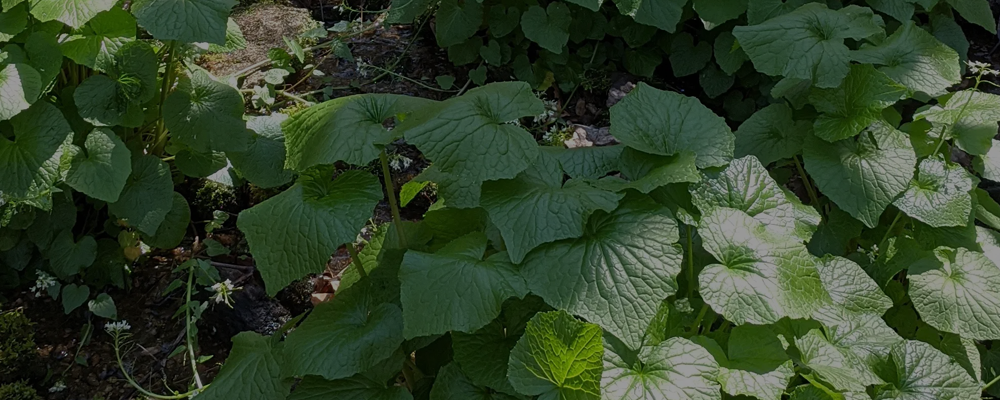
What is a Real Wasabi Plant and Where Did It Originate?
~
Real Wasabi, or Wasabia japonica, is a rare and revered plant native to Japan. Imagine a plant so special that it’s cultivated in the misty mountain river valleys of Shizuoka and Nagano, where pristine water flows and cool shadows provide the perfect refuge. Unlike the common horseradish often used as a substitute, real wasabi offers a symphony of flavors—sweetness, mild heat, and a lingering umami that dances on your palate. This ancient plant has been cherished since the Nara period (710-794 AD) and has played a significant role in Japanese cuisine throughout the ages, embodying the essence of culinary tradition.
- Sort by Featured
- Sort by Best Selling
- Sort by Alphabetically, A-Z
- Sort by Alphabetically, Z-A
- Sort by Price, low to high
- Sort by Price, high to low
- Sort by Date, new to old
- Sort by Date, old to new
WASABIA JAPONICA PLANTS
Growing Wasabia Japonica: A Culinary Treasure and Superfood
Wasabia japonica, or real wasabi, the rare plant native to Japan’s misty mountain valleys of Shizuoka and Nagano, prized for its delicate heat, sweetness, and umami. Cultivating it is challenging: the plant needs cool, shaded environments, pristine flowing water, and well-draining, slightly acidic soil. Rhizomes grow slowly, often taking 18–24 months to mature, and even small environmental changes can affect yield and flavor. Despite these challenges, real wasabi is highly sought after by chefs worldwide for its unmatched flavor and authenticity. From rhizomes to stems, leaves, and seasonal flowers, carefully grown wasabi is celebrated as both a culinary treasure and a symbol of dedication and skill.

Anatomy of a Wasabi Plant
~
The wasabi plant is a treasure trove of culinary possibilities:
Rhizomes: The heart of the plant, these are grated to produce the iconic wasabi paste. Their strong, fresh heat and complex flavor are unmatched.
Petioles (Stems): These milder stems offer a
delightful crunch and a gentle wasabi heat, perfect for adding a subtle kick to salads and pickles.
Leaves: With a unique peppery taste, wasabi leaves can be a fresh addition to salads or a twist in pickled dishes.
Flowers: Delicate and flavorful, these blossoms make for an elegant garnish, adding a mild wasabi flavor and visual appeal to any dish.

Real Wasabi Growing Conditions and Cultivation Methods
~
Growing real wasabi is an art form, a blend of science and patience. It’s not just a plant; it’s a testament to meticulous care and ideal conditions. Here’s what it likes:
~
Environment: Cool, shaded areas mimic its natural mountain home, with temperatures ideally between 45°F and 70°F (7°C to 21°C). Think of a serene forest floor, cool and inviting.
~
Water: The lifeblood of wasabi is clean, flowing water, rich in oxygen and low in salinity, ensuring the plant thrives.
~
Soil: Rich, well-drained soil with a slightly acidic pH and abundant organic matter creates the perfect bed for these precious plants. Cultivating wasabi is a commitment—it takes up to three years to mature.
~
But the reward? A product so exotically exquisite, it elevates any dish it graces.























































